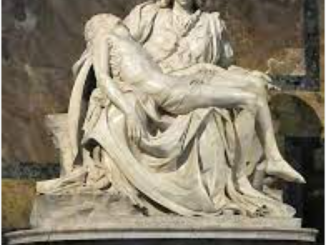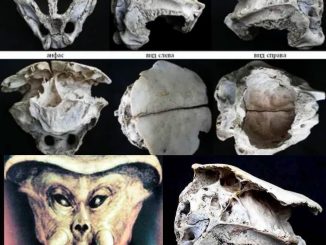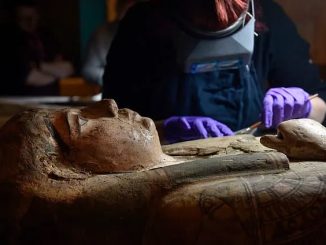
In the annals of ancient history, amidst the sands of time, lie treasures that whisper tales of bygone eras. Among these treasures, the Usekh Collar of Senebtisi stands as a testament to the craftsmanship and grandeur of the Middle Kingdom of Egypt. Fashioned from faience, gold, carnelian, and turquoise, this artifact resonates with the opulence and sophistication of its era. Nestled within the halls of the Metropolitan Museum of Art, it invites us to delve into the mysteries of ancient Egypt, unravelling the stories woven into its intricate design.

Unraveling the Origins
The Usekh Collar of Senebtisi hails from the Middle Kingdom of Egypt, a period marked by artistic achievement, political stability, and cultural flourishing. Dating back to the 12th to 13th Dynasty, approximately between 1850-1775 BC, this era saw a renaissance in Egyptian art and craftsmanship. The collar, with its elaborate composition, reflects the cultural and religious beliefs of its time.

Symbolism and Significance: Central to understanding the Usekh Collar is recognizing its symbolism and significance in ancient Egyptian culture. The collar, adorned with intricate patterns and vibrant hues, held deep religious and cultural significance. Its shape, reminiscent of a protective serpent, symbolized rebirth and regeneration, echoing the eternal cycle of life and death in Egyptian cosmology. Furthermore, the materials used, such as gold and precious gemstones, underscored the wearer’s status and connection to the divine.
Craftsmanship and Technique
The craftsmanship and technique employed in creating the Usekh Collar showcase the mastery of ancient Egyptian artisans. Faience, a ceramic material, served as the primary medium, allowing for the intricate shaping of beads and amulets. Gold, with its lustrous sheen, added a touch of majesty, while carnelian and turquoise provided striking accents. The meticulous attention to detail, from the precise placement of each bead to the seamless integration of colors, attests to the skill and dedication of the craftsmen.
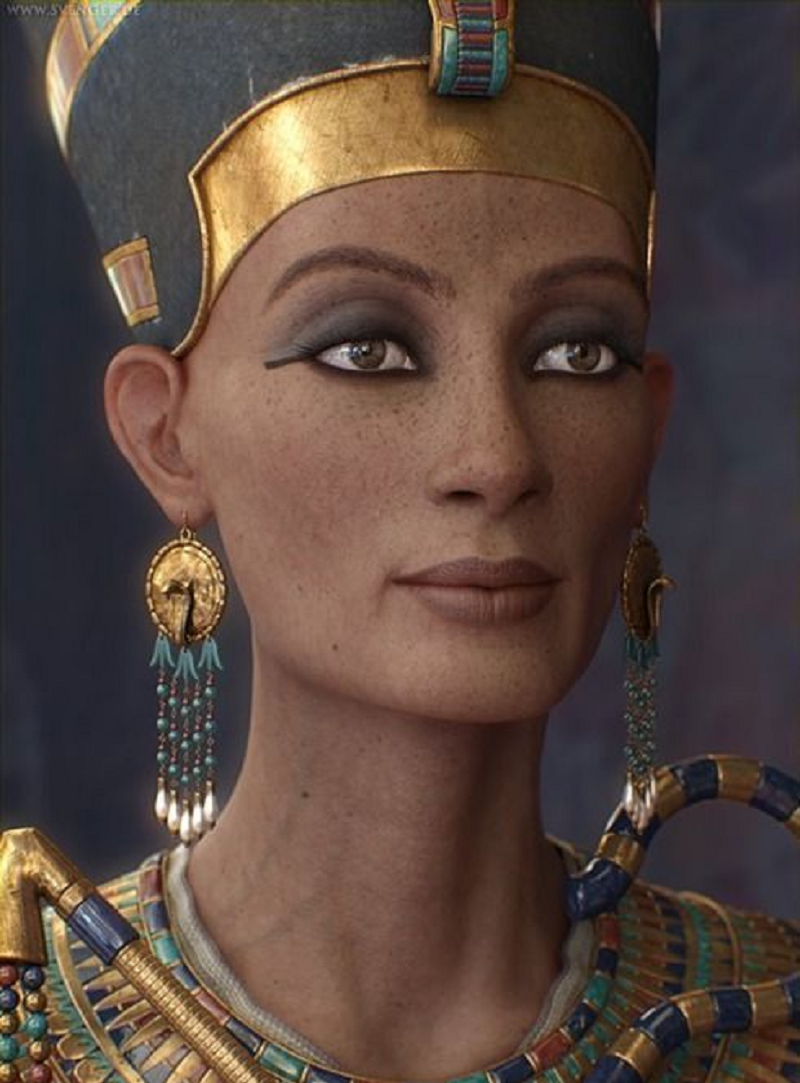
The Enigmatic Senebtisi
As we marvel at the beauty of the Usekh Collar, we are inevitably drawn to the enigmatic figure of Senebtisi. While the collar bears her name, the identity of Senebtisi remains shrouded in mystery. Was she a queen, a noblewoman, or a priestess? The lack of definitive historical records leaves much to speculation, allowing for romanticized interpretations of her life and legacy. Regardless of her true identity, the collar serves as a tangible link to her existence, immortalizing her in the annals of history.
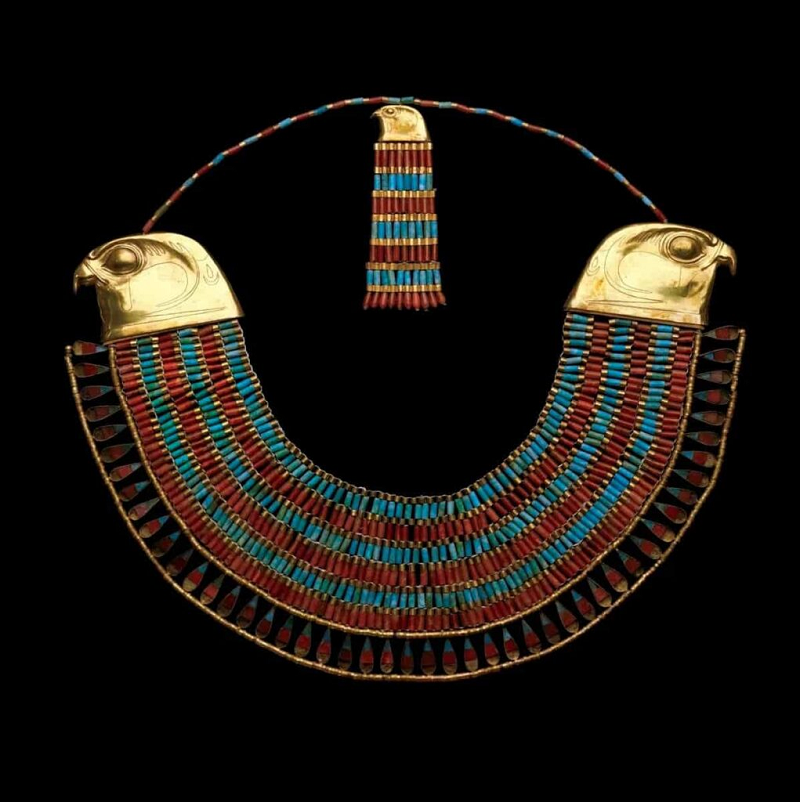
Journey Through Time
The journey of the Usekh Collar from ancient Egypt to the hallowed halls of the Metropolitan Museum of Art is a testament to its enduring legacy. Preserved for millennia, it continues to captivate and inspire, offering a glimpse into the splendor of a bygone era. As we trace its journey through time, we are reminded of the timeless allure of ancient artifacts and the profound connections they forge between past and present.
Conclusion
In the realm of archaeology, every artifact tells a story, weaving a tapestry of human civilization across the ages. The Usekh Collar of Senebtisi, with its exquisite beauty and rich symbolism, stands as a beacon of the Middle Kingdom’s cultural prowess. Through its intricate design and enigmatic origins, it invites us to embark on a journey through the annals of ancient Egypt, unlocking the secrets of a bygone era. As we stand in awe of its magnificence, we are reminded of the enduring power of art and craftsmanship to transcend time and connect us to our shared heritage.
